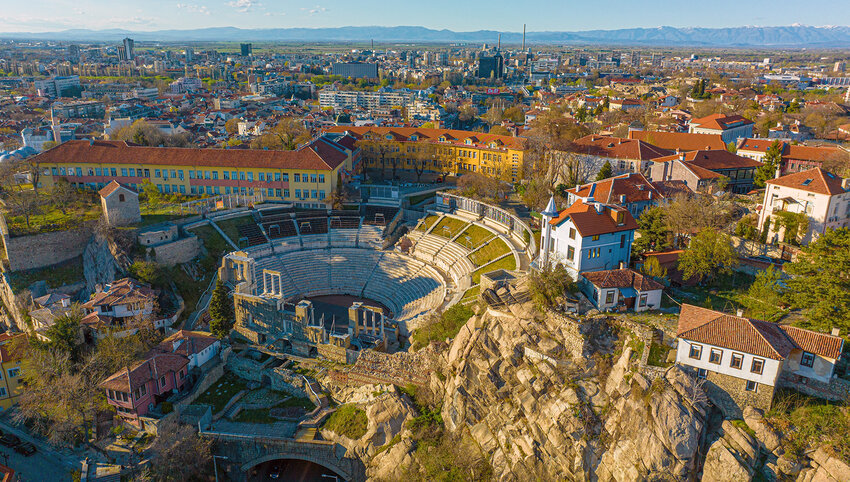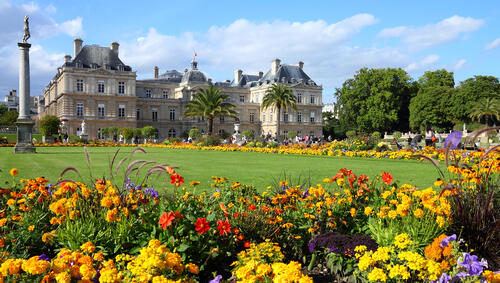With its long history and extensive list of ancient sites, the Italian capital is a magnet for tourists. But like many other European cities, it’s been a victim of its own success. With overtourism troubling its top sights, Rome needs less visitors climbing around the carefully preserved pieces of ancient history. The good news is that you don’t have to travel far to find lesser-known gems. In fact, you don’t have to leave the city at all. Here’s where to go to find Rome off the beaten path.
Tiber Island

As a tranquil oasis in the heart of the city, Tiber Island is where the traffic fades to a distant hum. It’s no surprise that it's home to Fatebenefratelli Hospital, which played a crucial role in World War II as a refuge for Jews. However, you don’t need to be ill to benefit from Tiber Island’s restorative effects. There’s not much to do here. It’s a tiny island, after all, but that’s the point. Take a stroll beside the river and enjoy a bit of respite until you’re ready to explore the bustling streets once more.
Appian Way
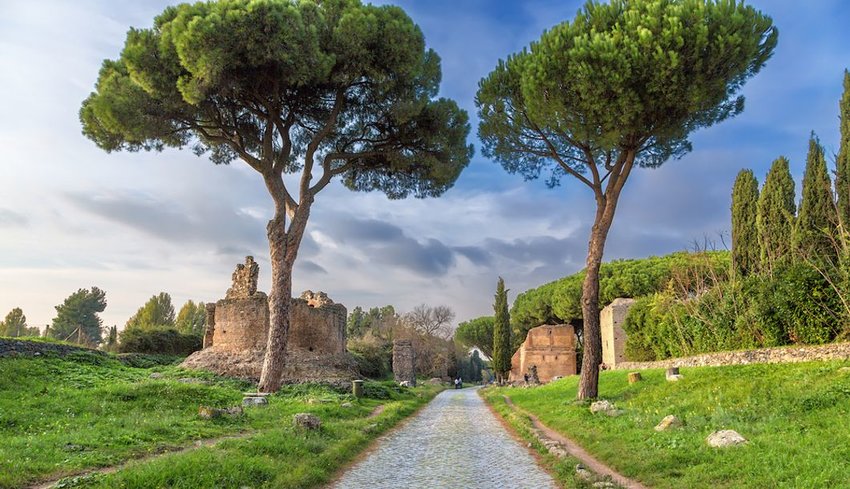
Less conveniently located are the cobblestones that form the Appian Way — a street built in 312 BC! Although this ancient road is no secret, its location away from the tourist sites means you’re less likely to encounter crowds. The Romans built the 318-mile Via Appia Antica to connect Rome with Brindisi, but today the main reason to visit is to take a shorter walk back in time. Make an afternoon of visiting since it's not far away from the Catacombs of San Sebastiano and the Catacombs of San Callisto.
Centrale Montemartini
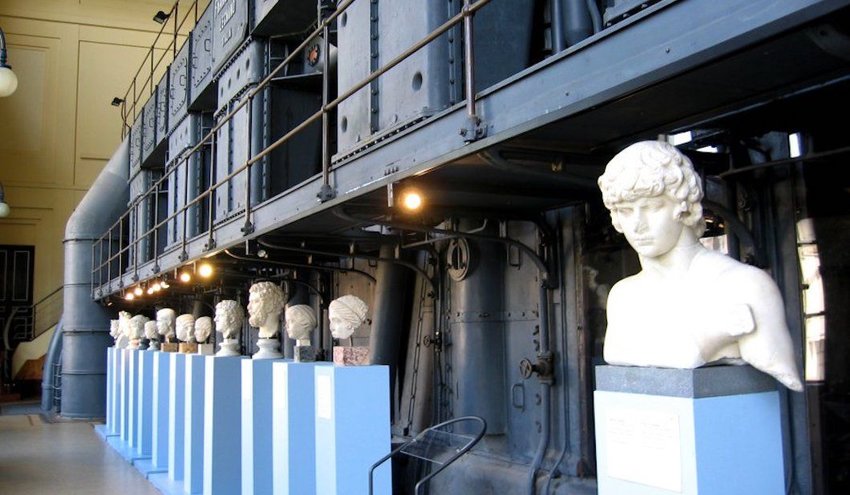
Once an electricity generating plant in the neighborhood of Ostiense and now a fascinating museum, the Centrale Montemartini effortlessly blends art with industrial architecture. Originally closed in 1963, Centrale Montemartini's first exhibition was only supposed to be temporary, but the unique setting struck a chord with locals. Now, statues of Aphrodite, Athena, Achilles, and Artemis stand among decommissioned diesel engines, reinforced concrete pillars, and compressed air canisters.
Largo di Torre Argentina
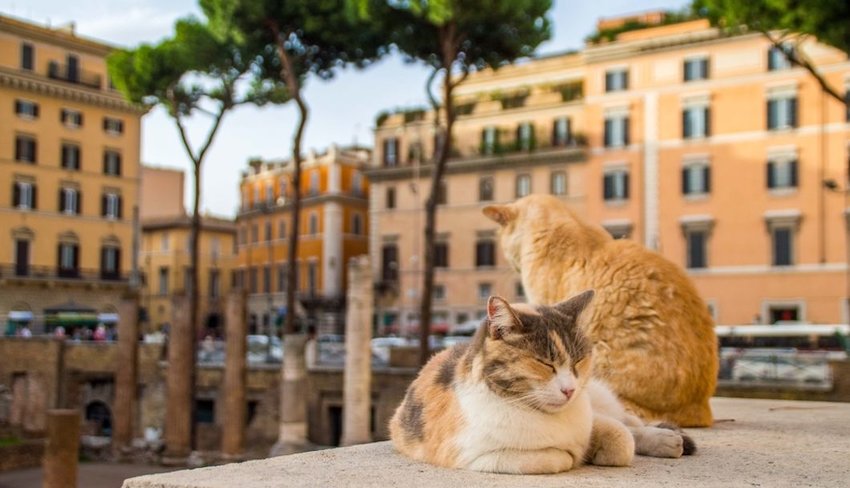
Amidst the ruins where Julius Caesar met a grisly end, you’ll find a population of over 100 cats looked after by Rome’s gattare – the cat ladies. This archaeological complex was excavated almost a century ago under the orders of Mussolini and comprises the remains of four ancient temples now well below street level as well as the what’s left of the portico where Caesar was betrayed and murdered in 44 BC. Many of the cats that now occupy the place are wounded or old and donations for their care are welcomed.
Santo Stefano Rotondo
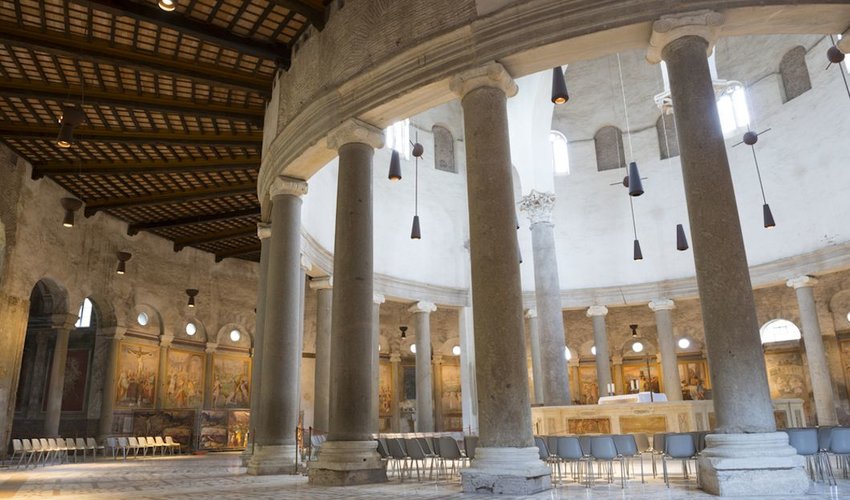
Tucked away in a quiet road behind a wall and garden, it’s hard to believe you’re just 15 minutes from the bustle of the Colosseum. Santo Stefano Rotondo is one of the most unique out of Rome’s 900+ churches. It's the national church of Hungary in the city and is dedicated to Saint Stephen. Built during the 5th century, the church's distinctive circular interior makes it worth the detour. Inside, brace yourself for the frescoes. They depict a rather gruesome scene of Christian martyrs being tortured and are not for the faint-hearted.
The Orange Garden

Named the Orange Garden for the bitter oranges that grow there, this park on Aventine Hill is one of the most beautiful in the city. The green space is sometimes more accurately referred to as Parco Savello after the family who owned the land during the latter part of the 13th century. The gardens you see today were designed and planted in the 1930s to encourage locals to head up there to admire the panoramic views.
La Casetta Rossa

For something entirely different, visit this social space in the Garbatella district. On the second and fourth Tuesday of each month, La Casetta Rossa hosts the Casetta di Babele, which pairs locals with English, French, and Spanish speakers, so that pairs can practice speaking different languages. Once you’ve learned a little Italian, there are plenty of authentic neighborhood restaurants nearby.


